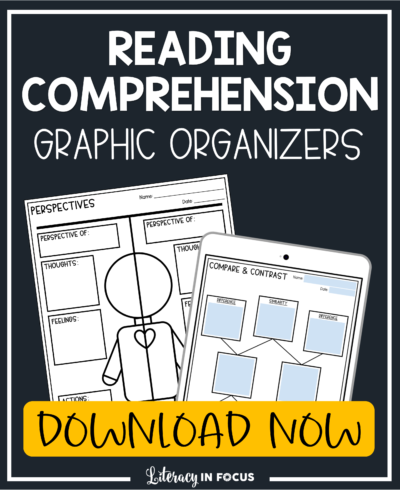
7 Essential Elements for Project-Based Learning
Project-Based Learning (PBL) provides students with the opportunity to engage in meaningful real-word projects. The goal of each student project is to answer an engaging question, solve a problem, or complete a challenge. Ultimately, students demonstrate their acquired knowledge by creating a public presentation or product for a real audience.
To effectively harness the magic that comes with Project-Based Learning, PBLWorks has outlined seven critical components that must be included. All seven components are described below. As you will see, some components are easier to implement than others, which can lead to reluctance for many teachers.
Challenging Problem or Question
A PBL project is always based on a meaningful problem to be solved, question to be answered, or challenge to be addressed. A well-designed question, problem, or challenge gives students room to elaborate and explore throughout the learning process. Additionally, a compelling project is more likely to increase motivation and engagement.
Sustained Inquiry
Students completing a PBL project engage in an extended and rigorous research process that includes inquiry, research, and application. A high-quality project requires students to think critically about the driving question, problem, or challenge. Most PBL projects take longer than a few days to complete. Students need enough time to find quality resources, apply learning, synthesize results, and develop a solution.
Authenticity
An authentic project involves real-world context, addresses 21st century skills, and speaks to relevant concerns, interests, and issues in the students’ lives. An authentic PBL also connects students to other people and communities, creating a unique learning experience. Completing an engaging PBL project transports students beyond the boundaries of a traditional classroom.
Student Voice and Choice
Project-Based Learning gives students the opportunity to make decisions about what they create and how to express their ideas. This inherent autonomy creates a strong sense of ownership in students, pushing them to work harder and care more about their chosen project.
Reflection
A well-designed project includes structured time for reflection. Time set aside for reflection gives students a chance to make necessary project adjustments and grow from the learning experience.
Critique and Revision
PBL encourages students to give, receive, and apply feedback to revise and improve their final product. The critique and revision process creates opportunities for collaboration that might not otherwise take place.
Public Product
The final step of the project is for to students make their work public by sharing, explaining, or presenting it to an audience outside of the classroom. A public product encourages high-quality work and makes learning tangible. It also allows for increased communication with parents and the outside community.

Project-Based Learning arms students with the tools and resources they need to be successful, both academically and in the real-world by teaching them how to solve complex problems, work collaboratively, think critically, and communicate effectively.


